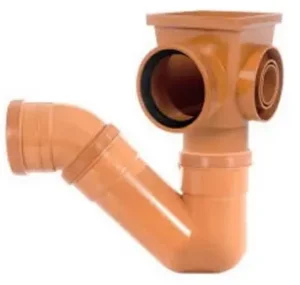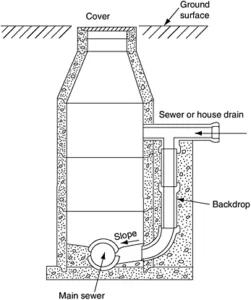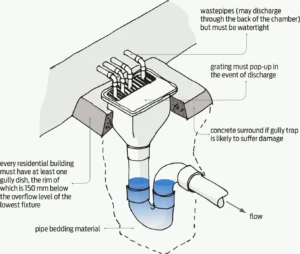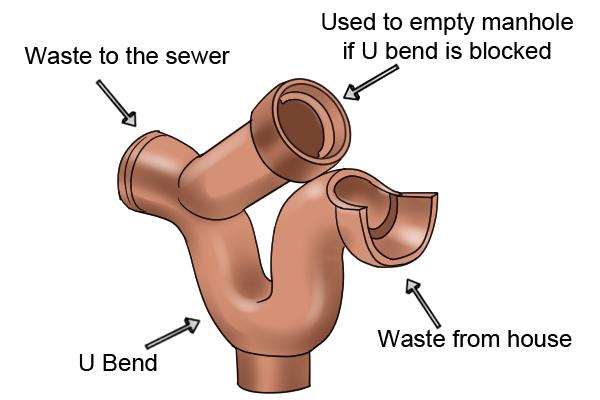Channel drain, Line drain, Slot drain and ACO drain
These terms are often used interchangeably to refer to drains of a linear nature. ACO is actually the brand name of the leading global manufacturer of drainage solutions.
Thus, the ACO name has become synonymous with this type of drain. Think of it as the Hoover of channel drains.
Channel drains are channels with a grating on top. They are designed to use their entire length to drain surface water from a hardstanding area, such as a driveway.
Channel drainage products are all given a Load Class which refers to the weight they can withstand in use. Domestic ACO drainage products have a Load Class of A15, meaning that they can withstand a load of 1.5 tonnes and are suitable for a domestic driveway drain.






